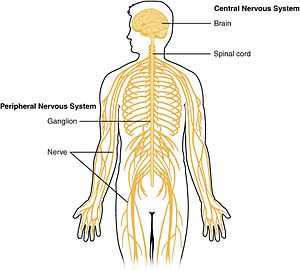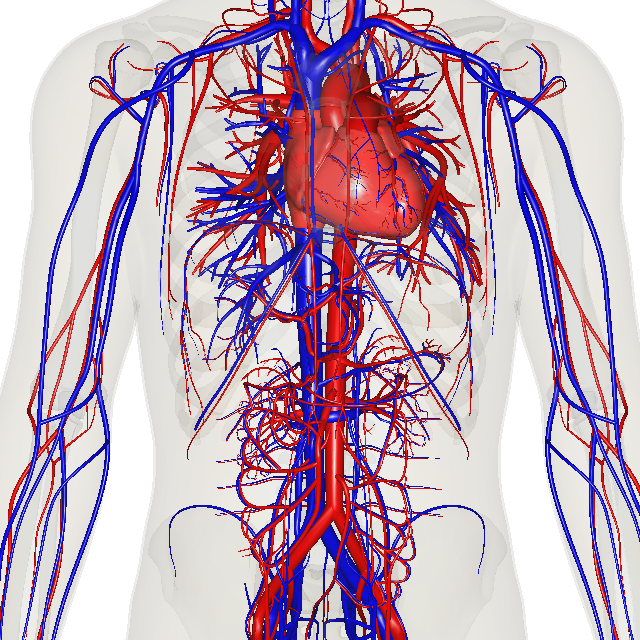Have you done a similar kind of work in the past (earlier in the year or in a previous grade; in school or out of school)? I did a similar type of work last year. I studies how the food chain and ecosystem was affected when an animal is extinct and effects from deforestation.
What were your goals for this week? Did your goals change as you worked? Did you meet your goals? I tried making a goal on making as many facts as I could and explain most of the Facts/Examples to Mr. Cuttatree. I did not meet the goals.
If someone else were looking at your work what might they learn about who you are? They could probably find out I can (attempt) to convince someone to avoid doing something bad, they could probably find out that I can think of many ideas on one topic.




